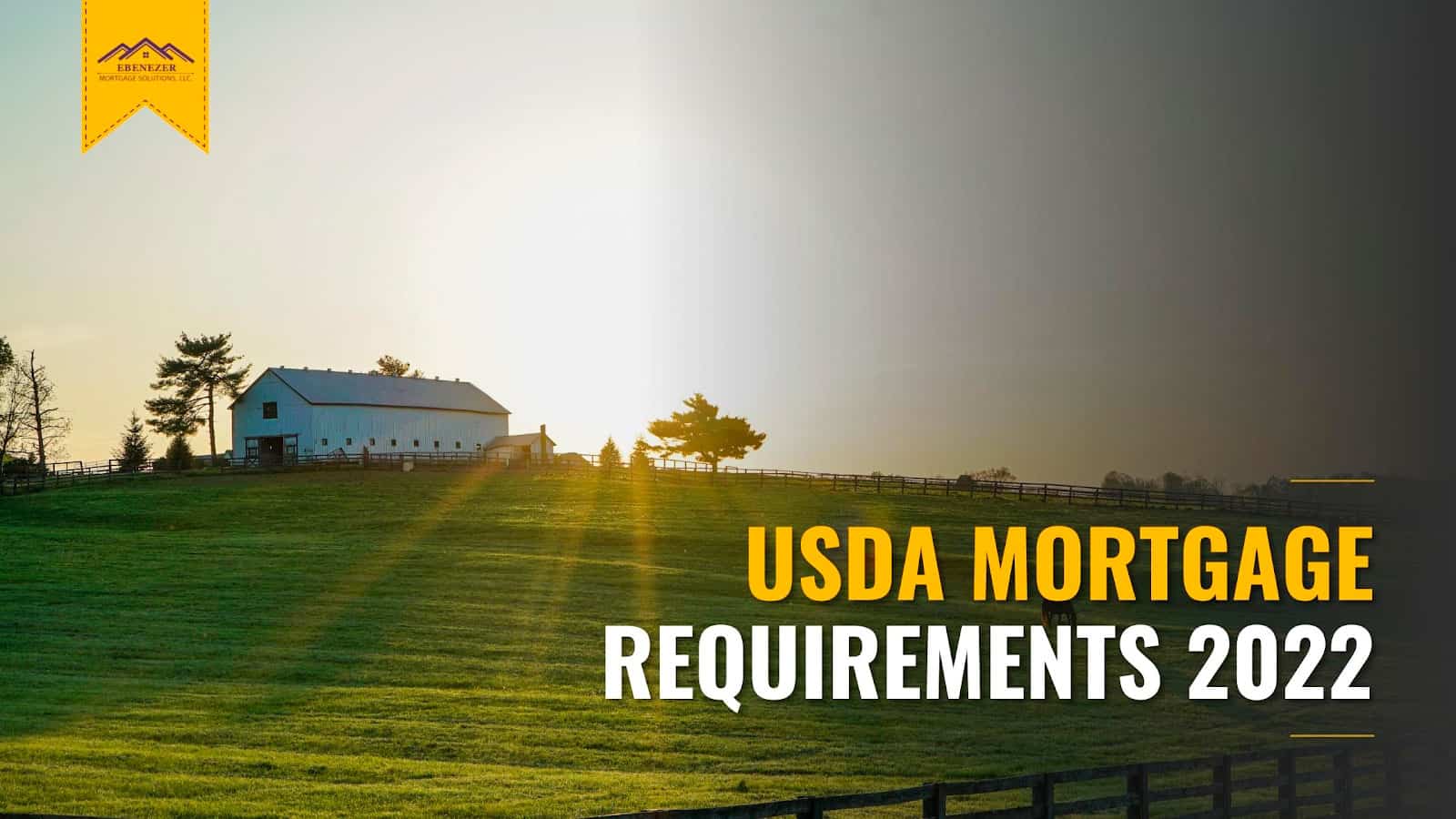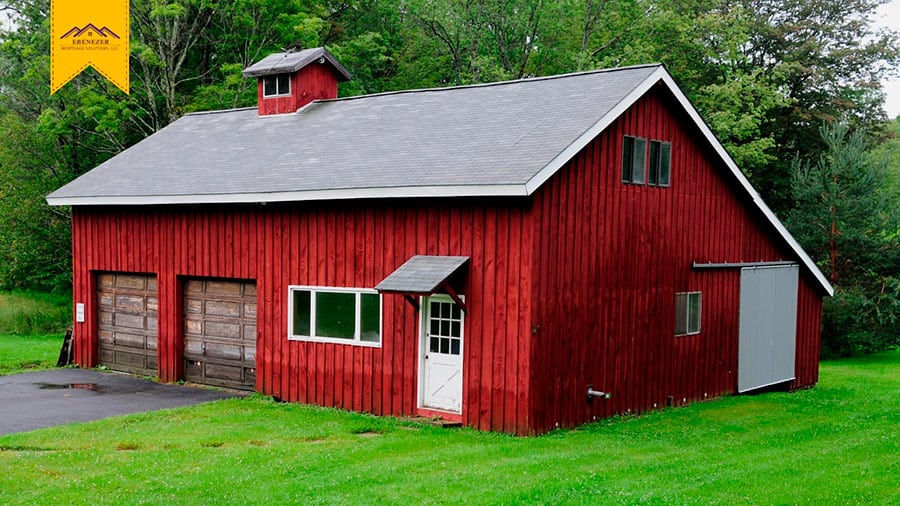Your Most Trusted Partner in Home Purchase Loans & Refinance Loans
Open Hours: Mon. - Fri., 9:00 a.m. - 6:00 p.m.

If you've been wanting that peaceful country life, then the USDA loan might be a great choice for you. With a 0% down payment, lower interest rate, and affordable monthly payment, this mortgage option has been popular among homebuyers who want to live in less crowded areas. But to be eligible, you must adhere to the USDA mortgage requirements that we're going to discuss in this article.
A USDA home loan is a mortgage loan backed by the United States Department of Agriculture as part of its Rural Development Loan program. The goal of the USDA is to help low to moderate-income families get their own homes.
Just like the VA loans, USDA loans are fully financed by the government. This allows lenders to require no down payment and offer lower mortgage interest rates. However, this loan program can only be used in USDA-designated rural areas.
Just as with any other loan program, your credit profile determines your creditworthiness.
Although the USDA program does not have a set minimum credit requirement, most lenders would require borrowers to have a credit score of at least 640. With this number, the borrower would be qualified for USDA's Guaranteed Underwriting System (GUS).
The GUS makes it easier to find out whether a borrower has the ability to repay a loan or not. It uses your credit history, income, cash reserves, and other important factors to determine your creditworthiness. Once GUS considers you a safe borrower, you will automatically be tagged as "Accept" by the system. In other words, GUS's automatic underwriting makes it an easier and faster loan process for you.
It's also possible to qualify for a USDA loan program even if your score is below 640. The difference is you would have to undergo manual underwriting. With manual underwriting, you'll need compensating factors such as cash reserves, low debt, and continuous employment.
The USDA loan program has a unique income analysis process. It involves three different income calculations that lenders would need to go through to determine a borrower's income eligibility.
Annual household income refers to the income of all adult household members, whether they are part of the loan or not.
To verify your source of income, you need to provide your W-2s, paystubs, and third-party employer verification.
The household's income minus the acceptable household deductions. Examples of acceptable deductions are child care expenses or costs for the care of a household member with disabilities. This calculation is used to determine if the household is eligible for the guaranteed loan program.
Additionally, USDA loans are meant for moderate and low-income borrowers. So to satisfy this goal, one of the USDA guidelines specifies that the household's income should not be more than 15% above the median income in your area. However, the actual dollar amount varies by location and size of the household.
The repayment income is used to evaluate your debt-to-income (DTI) ratio and whether you can afford the home or not. The USDA loan program considers both front-end and back-end DTI ratios.
When it comes to employment requirements, most lenders would want to see a minimum of two years' worth of work history. To confirm this, they would most likely check your tax returns and might even ask for verification from your employers.
But the key point to remember here is consistency. The USDA program doesn't penalize borrowers who switched jobs in those two years as long as it's within the same field or profession. Additionally, it should still provide the same level of stable income.
What the USDA loan program wouldn't want is gaps in your employment. As much as possible, try not to stay unemployed for more than a month. The only time that gaps are allowed would be for military service, school, or coming back to work after taking care of a family member, given that you have evidence to verify these gaps.

USDA loans can only be used to purchase, build, or refinance a primary residence. This means that you cannot apply it to second homes, vacation homes, or investment properties.
Additionally, the property you choose should also meet the USDA program property requirements, which include:
Although USDA loans don't require any down payment, you still have to pay closing costs. The costs to close the USDA loan program typically amount to 3-6% of the home's purchase price. It involves fees incurred to process the loan such as:
Another fee that you need to prepare for is the "guarantee fee". If a conventional loan has mortgage insurance, the USDA loan program has a guarantee fee. This fee consists of two payments—upfront and annual. The upfront fee is equal to 1% of the loan amount, while the annual fee costs 0.35% of the loan amount.
For some, the closing cost can be a hindrance, especially when the USDA home loan is for low-income individuals. But there are ways that you can reduce the USDA closing costs and one of these is seller concessions. Instead of the homebuyer paying for the closing costs, the USDA program allows sellers to cover some of these expenses instead. The maximum amount the seller can contribute is 6% of the purchase price. However, you would have to talk this out with the seller first and include it in the purchase offer.
Planning on applying for aUSDA loan in Tampa? Ebenezer Mortgage Solutions is here to help you.
Ebenezer Mortgage Solutions is amortgage broker in Tampa. With our experience and knowledge of the housing market, we're able to assist homebuyers to have an easier and stress-free mortgage application process. Additionally, we work with a wide network of lenders, giving you access to mortgage programs and deals that are not available with your regular banks.
As a mortgage broker company, not only are we experts on USDA loans but also on conventional loans, FHA mortgages, and VA loan programs.
Are you ready to start your homebuying process? Contact us at (813) 284 - 4027 and let's start working on getting the home of your dreams.
